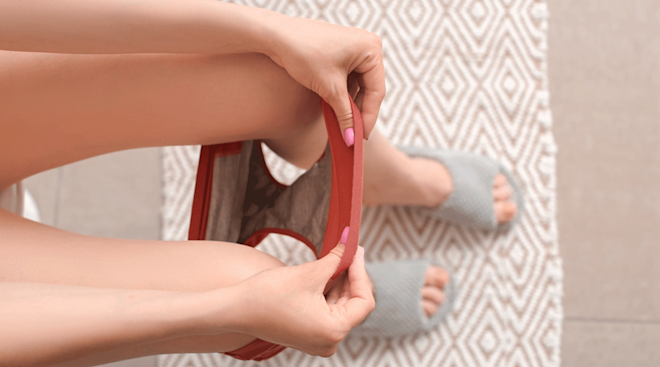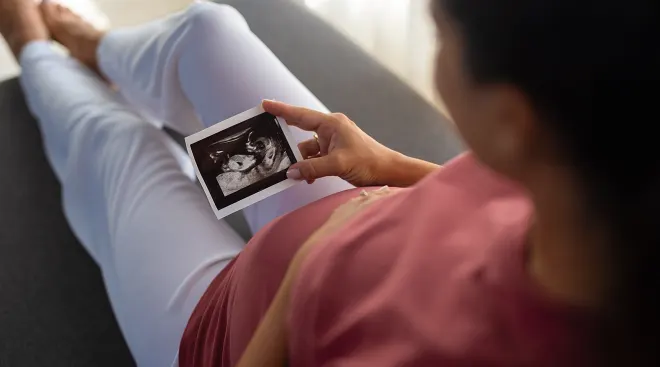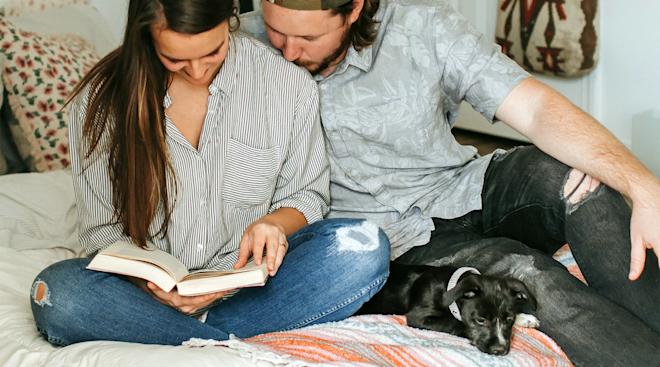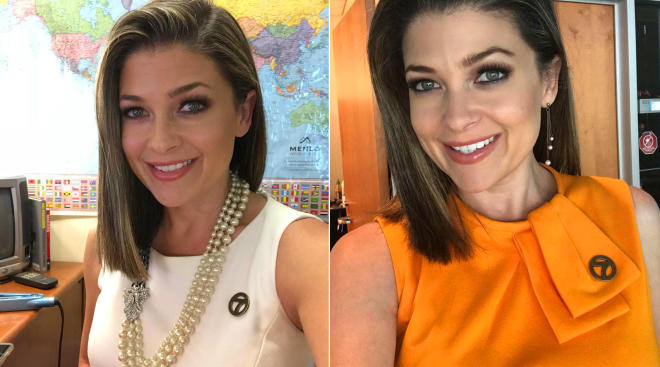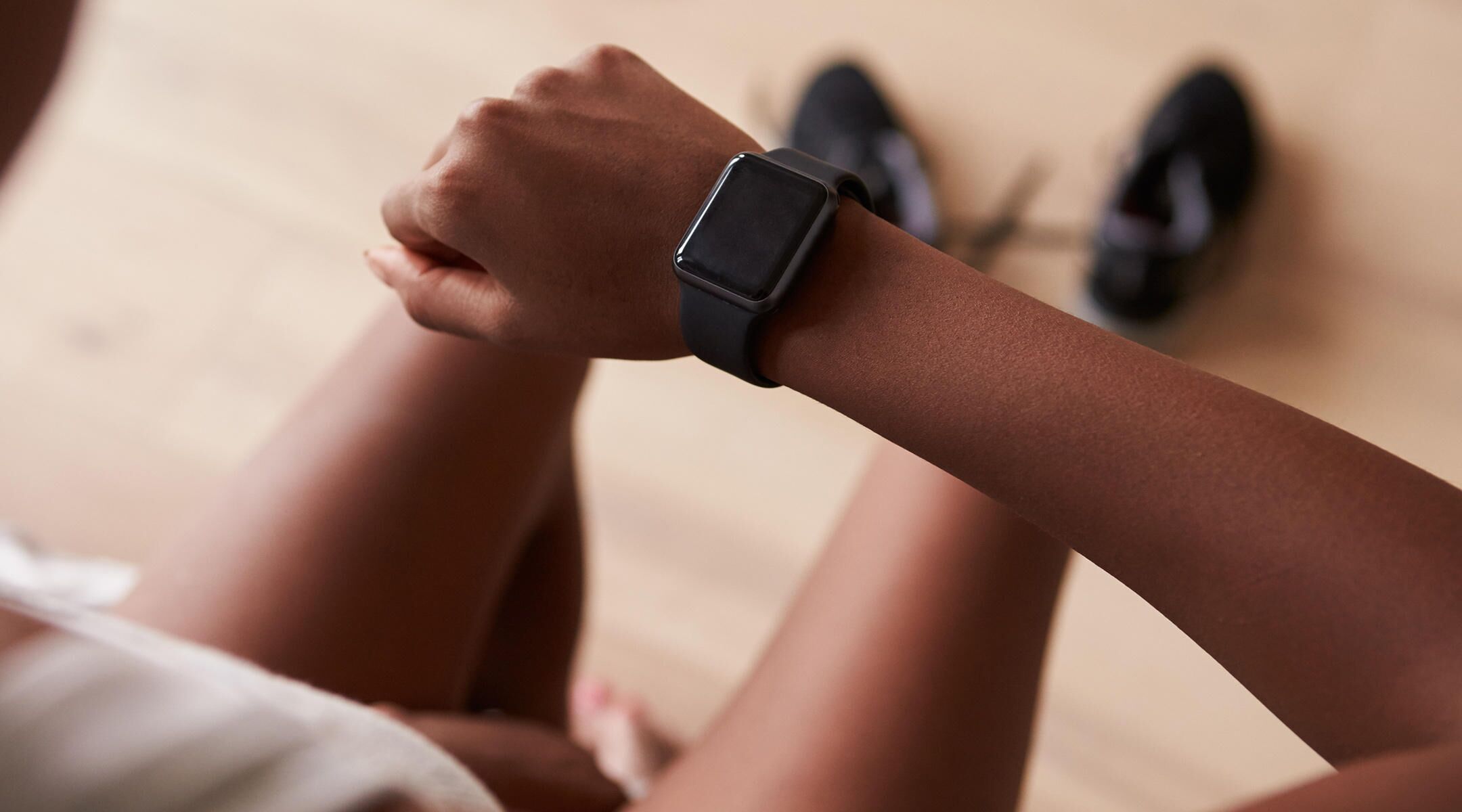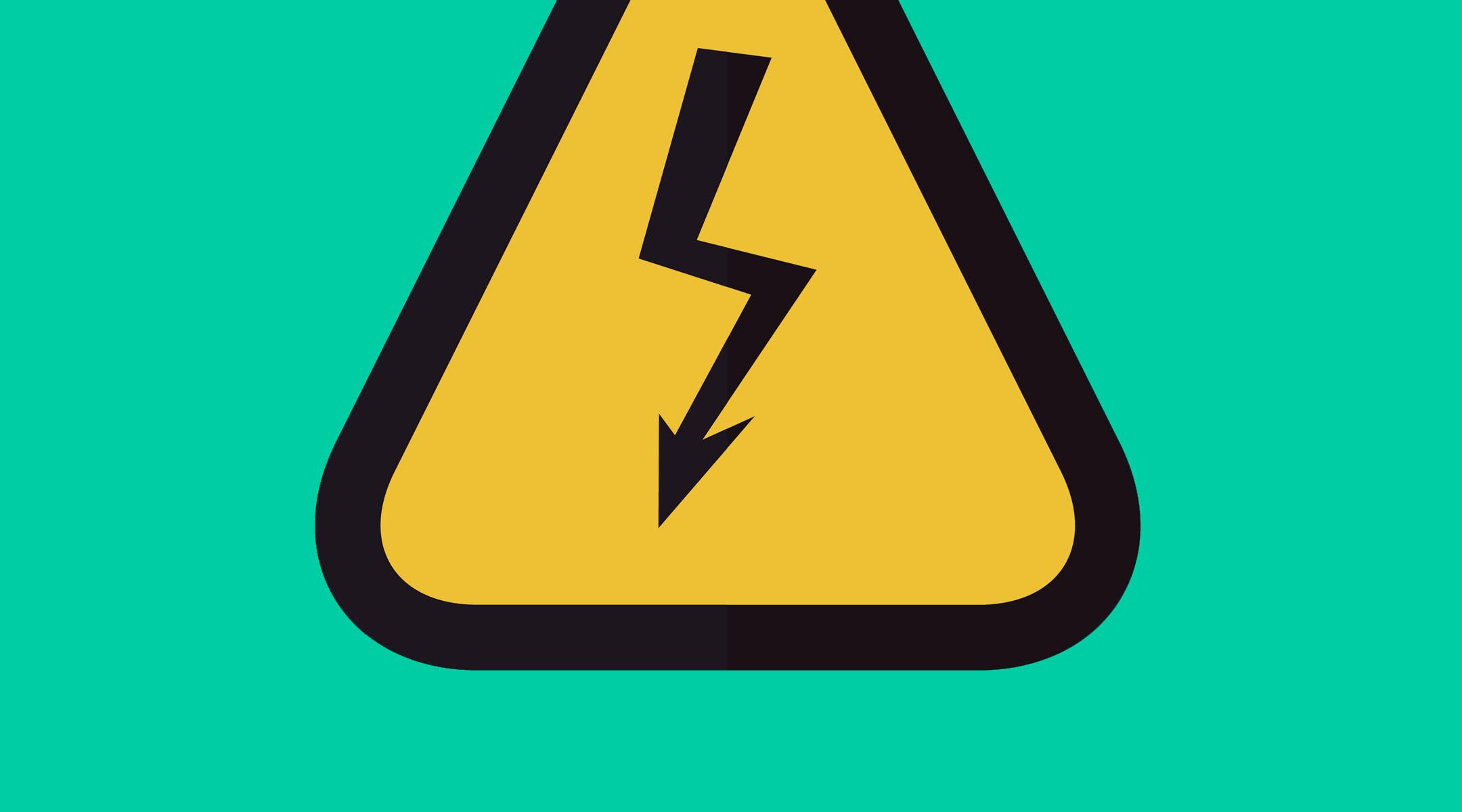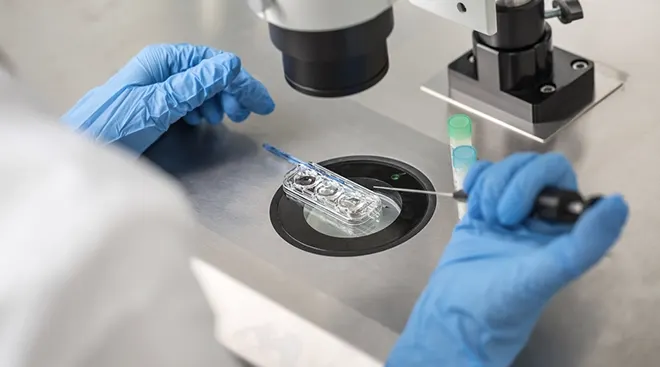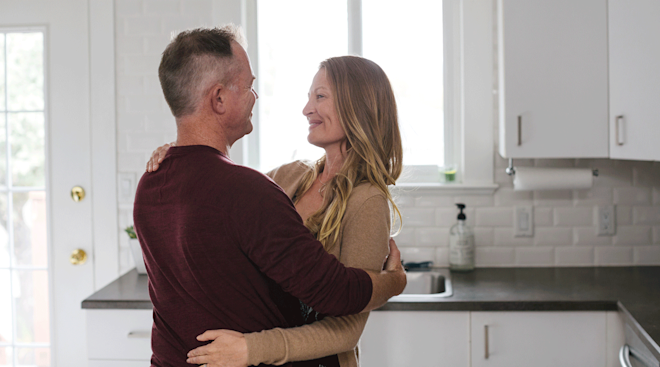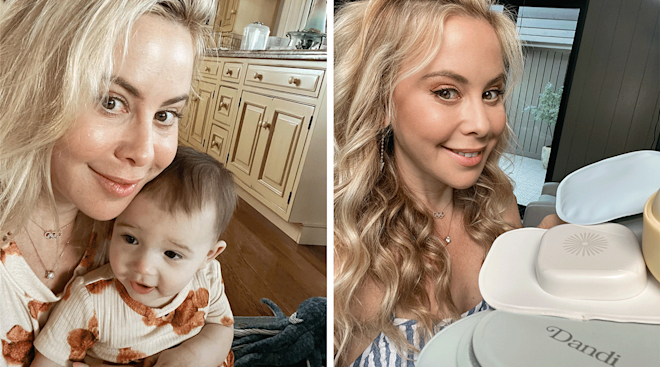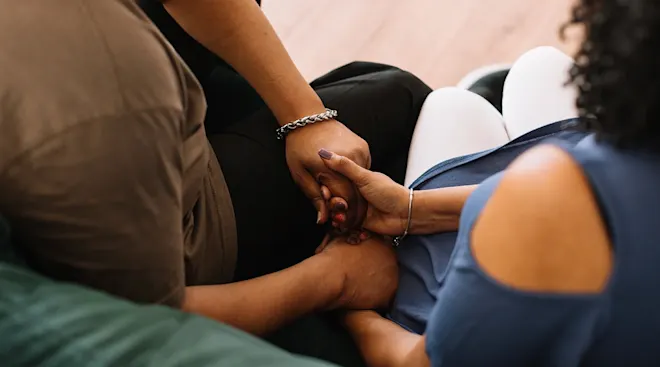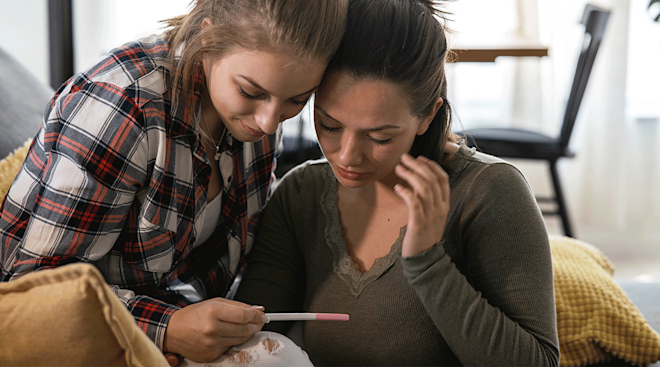A Tragedy, and Then a Mission: the Story of My Daughter’s Stillbirth
Stillbirth. You never think it will happen to you. It sounds like a word from centuries ago, when women still routinely died in childbirth. But the truth is, stillbirths aren’t a thing of the distant past.
When I was pregnant with my first child, Benjamin, I read tons of pregnancy books, including a memoir called An Exact Replica of a Figment of My Imagination by Elizabeth McCracken, which recounts how she lost her son 9 months into her pregnancy. I remember reading its pages and thinking, “how awful!” and, naively, “how rare!” As if it were a one in a million thing, like getting struck by lighting.
But it’s not. In the US, stillbirth—defined as when a baby dies in utero after 20 weeks—actually occurs in one out of every 160 pregnancies. That means 25,000 babies are stillborn in this country every year, and it’s shocking.
I never thought it would happen to me. But then it did.
About one year after I had Benjamin, I became pregnant with a girl who I named Olivia. On her due date, I had my weekly prenatal visit. I told my doctor she wasn’t moving as much as she usually did, but he dismissed my concerns and said the baby was fine.
Four days later my contractions began, and soon my husband and I were in a New York City taxi racing to the hospital. There, my husband was told to remain in the waiting room until the nurse was done examining me. While I laid on a cot in triage, she smeared gel on my belly and turned on the fetal heart monitor—but she couldn’t find a heartbeat. She called another nurse, who couldn’t find one either. The chief resident was then called.
At this moment, my husband found his way to my cot. When the chief resident arrived, he brought with him a large ultrasound machine. “I’m sure it’s nothing,” he said. He plugged in the machine, placed the gel on my belly and began moving the wand, looking for my baby’s heartbeat. I will never forget his long silence. And then he said it.
“We can’t find a heartbeat.”
“What does that mean?” I said.
“I’m sorry, but the baby passed away.”
“What do you mean?” I repeated.
When it finally hit me, I didn’t cry. I was in complete shock. I couldn’t move or speak. Upon hearing the news, my husband had to sit down to keep from losing his balance. He later told me that my eyes had the look of devastation.
When I delivered Olivia several hours later, she was a beautiful, pink, cherubic newborn with reddish hair like my mother’s. The umbilical cord was wrapped twice around her neck tightly, and my doctor told me there was nothing I could have done to prevent the cord accident.
Later, special nurses arrived. They dressed her in a little outfit with pastel polka dots and wrapped her in a blanket that volunteer women had knit for stillborn babies. Then they gave her to me. I held her for hours and didn’t want to give her back—I still had the sad hope that she would wake up. The nurses gave me a sea green box that held her blanket, her outfit, her footprints and photos that the nurses had taken. Most pregnant women left the hospital with a baby. I left with a silk box and a memory.
Once home, I put the box in my closet, but it was hard not to think of it, of her. I was overcome with heavy sorrow, anger and feelings of injustice. The hardest part was leaving my apartment and encountering people I knew on the street. At first I would retell the entire story from start to finish, but after a while repeating it became too difficult. I’d simply say, “the baby died.”
As the days passed, I became consumed with cracking Olivia’s case. I read books and research studies on cord accidents, talked to experts and visited every website and chat group about stillbirth. In a twist of fate, my obsession led me to attend the International Conference on Stillbirth, SIDS and Infant Survival, where I met Connie Hosker.
After losing her granddaughter Roberta Rae to a cord accident, Connie founded an organization she called Project Alive & Kicking (PAK) to help ensure safe deliveries for expectant moms and babies by alerting moms of pregnancy issues and complications. We instantly connected, and I knew I wanted to give moms the vital information and pregnancy tools I wish I had had.
From that point on, together with a group of other women, we worked hard to grow PAK and fulfill its mission of empowering expectant moms. The organization now offers an app called ME Preg, which contains all of PAK’s helpful information and pregnancy tools, including movement counting. One of the key things I’ve learned from my work with PAK is that when a baby is in distress or in trouble (whether from a cord or other issue), it may slow down or speed up its normal movements—which is why checking in daily with your baby’s movements through movement counting is so important.
For a well-read woman, I was completely illiterate when it came to prenatal issues. I knew nothing about cord accidents or its association with changes in fetal movement. When I was complaining to my doctor that my baby wasn’t moving as much as usual at 40 weeks, a Doppler ultrasound could have alerted him to a problem with her umbilical cord. Seeing as she was full term, he could have sent me to the hospital for delivery.
There isn’t a day that passes that I don’t think of Olivia, or of all the women who have shared such a heartbreaking loss. Most stillbirths are not preventable, but I know in my heart that there are many that are. It all starts with stillbirth awareness. So to all you expectant moms, I encourage you to take an active role in your pregnancies, and learn what tools can help keep you and your baby safe.
Published January 2018
Yelda Basar Moers is the vice president and a founding member of Project Alive & Kicking, a foundation devoted to empowering pregnant women by providing them with the latest prenatal information and tools. A graduate of Northwestern University’s Medill School of Journalism, she has worked for such publications as People, Instyle, Self, Lucky, Elle, Parents.com, The Huffington Post and The Turkish Daily News. She is also a lawyer, a board member of two education-based institutions and is working on her second book. Yelda lives in New York City with her husband and two children.
Please note: The Bump and the materials and information it contains are not intended to, and do not constitute, medical or other health advice or diagnosis and should not be used as such. You should always consult with a qualified physician or health professional about your specific circumstances.
Navigate forward to interact with the calendar and select a date. Press the question mark key to get the keyboard shortcuts for changing dates.

































